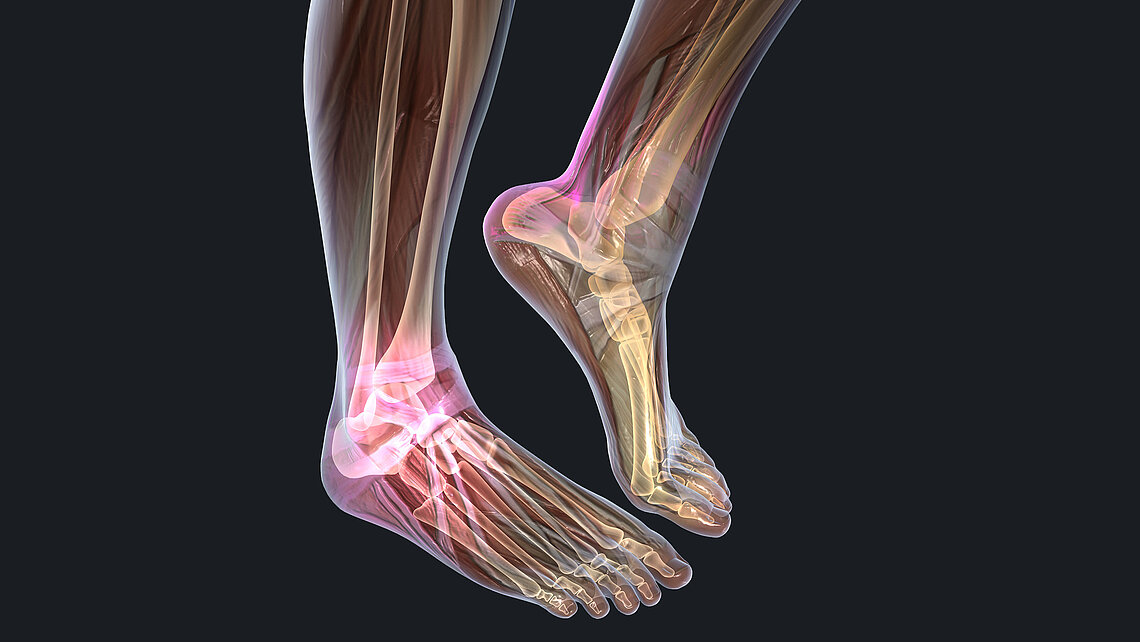Identification of metallic wear debris in failed total ankle replacements (TAR)
Whereas wear has become a less critical issue for large bearings, wear-related aseptic loosening and osteolysis remain major reasons for failures in ankle replacement.
A group of leading researchers from Leeds, UK and Sydney, Australia including Ashley Stratton-Powell and Joanne Tipper looked in detail at the wear pattern and especially the wear particle characterization in total ankle replacement (TAR).
This is the first study of its kind successfully to isolate and characterise ultra-high molecular weight polyethylene (UHMWPE) and other high- and low-density wear particles from tissues collected from patients with failed TARs. The chemical composition, size and morphology of wear particles were determined by ultra-high-resolution imaging as well as manually.
Eighteen of 20 samples contained wear particles from 3 or more different sources. In addition to sub-micron UHMWPE particles, which were present in all samples, elongated micron-sized shards of Calcium Phosphate (CaP) and flakes of CoCr were also commonly isolated from tissues surrounding TARs.
Six different materials were identified:
- UHMWPE
- Calcium Phosphate (CaP)
- Cobalt chrome alloy (CoCr)
- Commercially pure titanium
- Titanium alloy
- Stainless steel
The presence of such mixed particles demonstrates the existence of a complex periprosthetic environment surrounding TAR devices and suggests that early failure of devices may be due in part to the multifaceted biological cascade that ensues after particle release, especially from the fixation surface.
Particle size and wear pattern are also related. Stratton-Powell et al. showed that both CoCr alloy particles and CaP particles were within the phagocytosable size range (<10 µm), featured high aspect ratios and were potentially more biologically reactive.
The limitations of the study involve a limited sample size of 20 retrieved periprosthetic tissue samples from 15 failed TARs from three different brands, partially withdrawn from the market. All patients were male and had an average age of 63 (49-71).
According to the authors, this study could be used to support the validation of clinically relevant wear simulator testing, pre-clinical assessment of fixation wear and biological response studies to improve the performance of next generation ankle replacement devices.
📚 Reference: Stratton-Powell AA, Williams S, Tipper JL, Redmond AC, Brockett CL. Isolation and characterisation of wear debris surrounding failed total ankle replacements. Acta Biomater. 2023;159:410-422. doi:10.1016/j.actbio.2023.01.051

